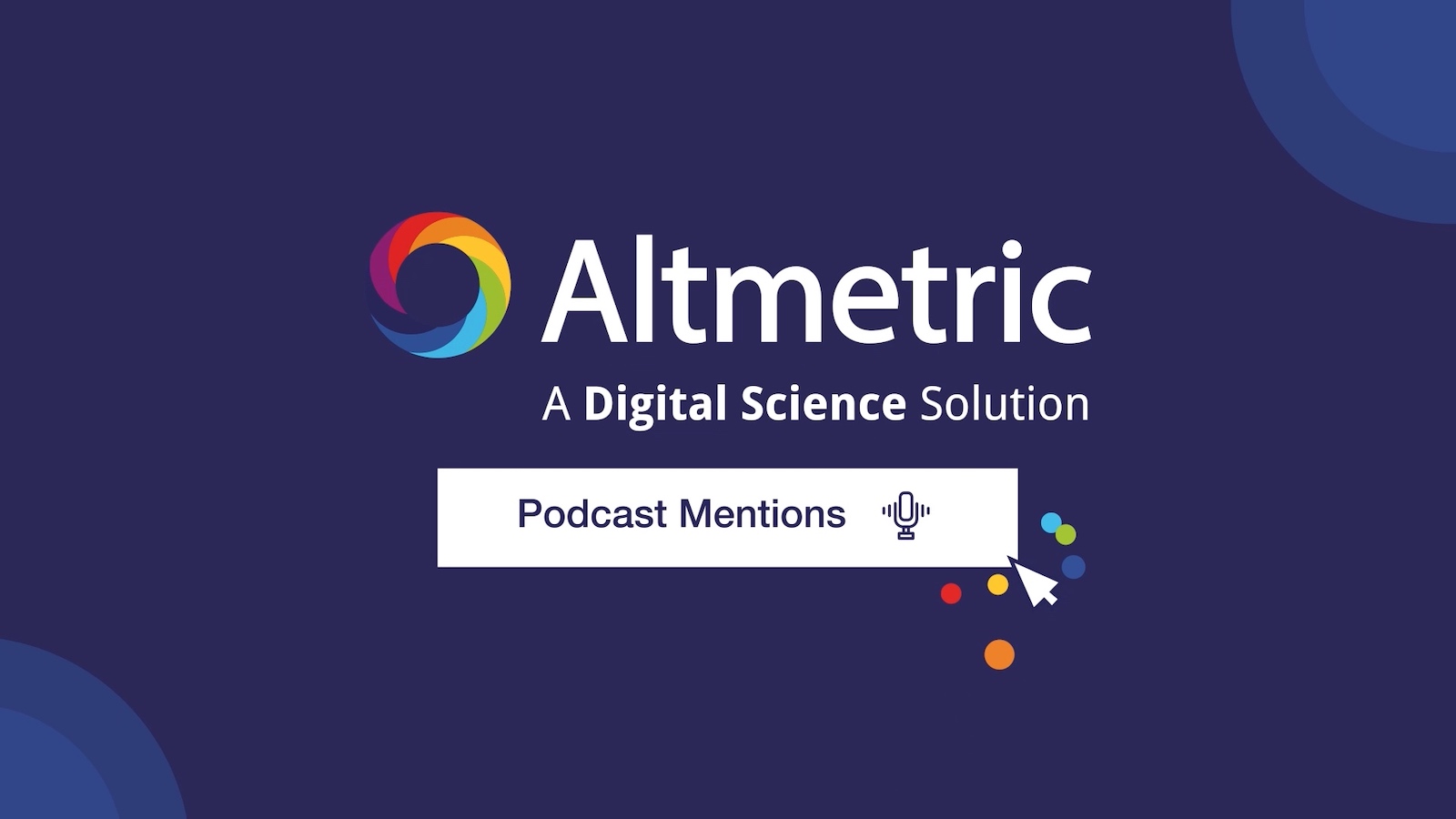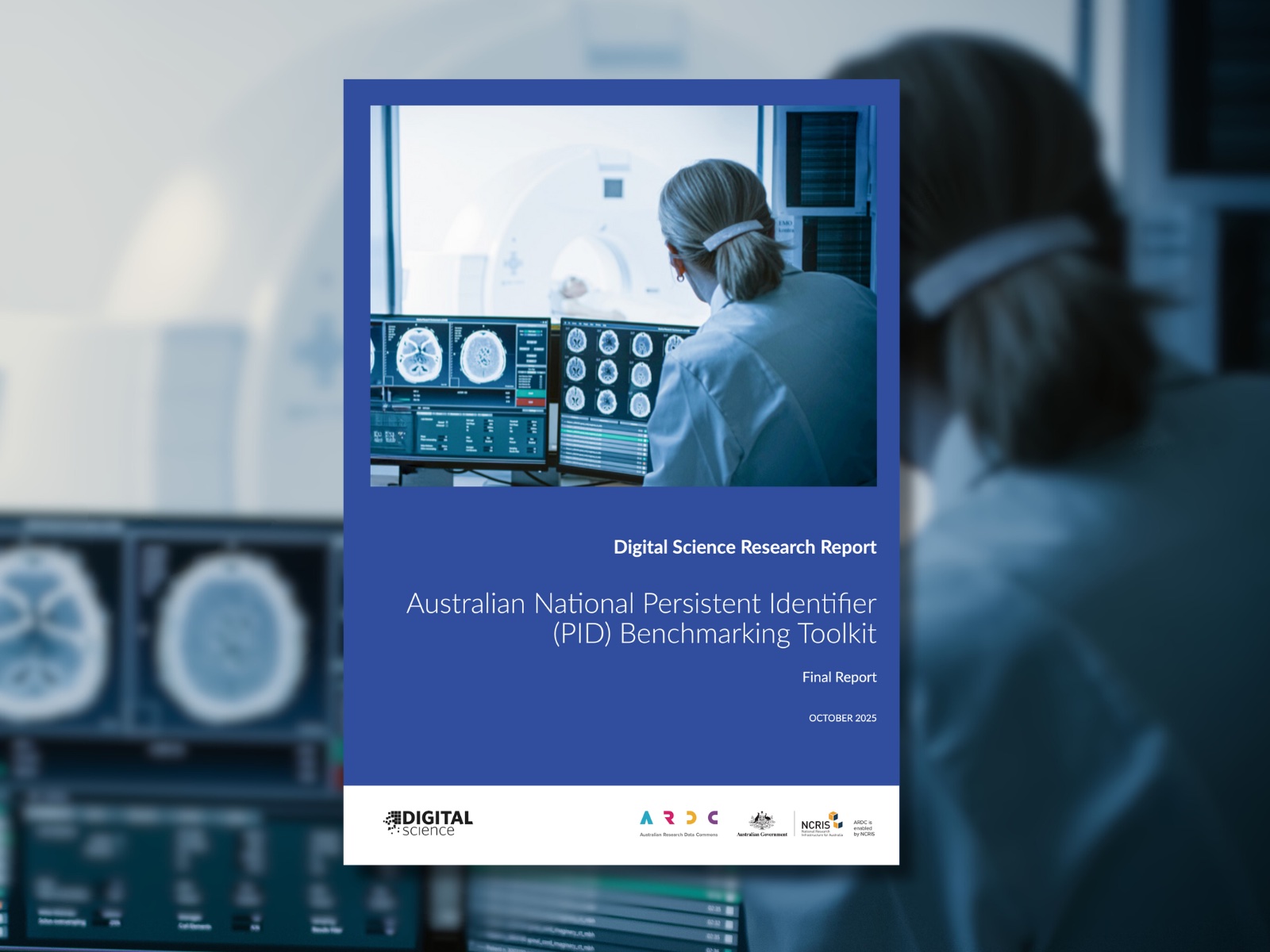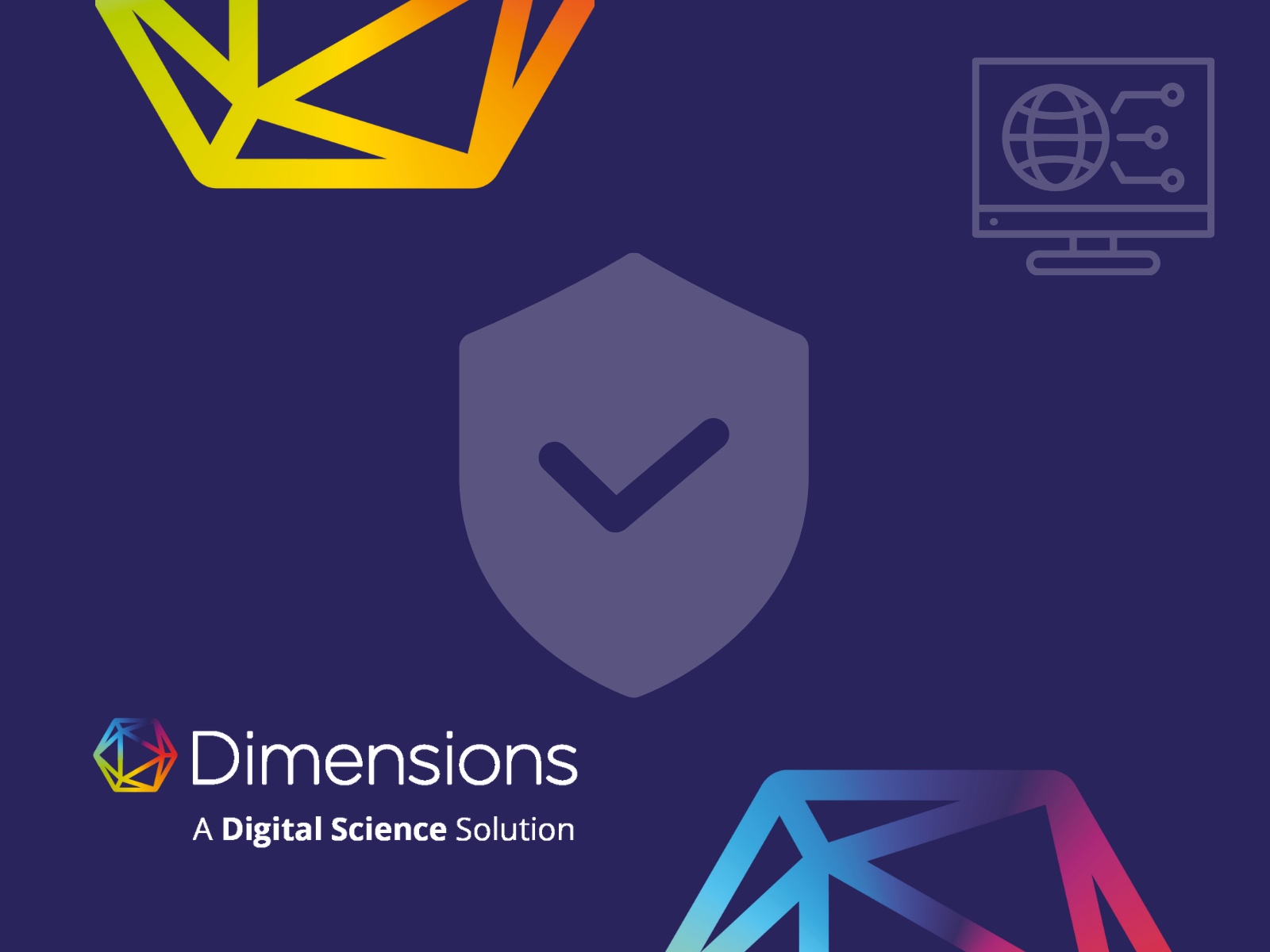London – July 12, 2021 – In 2015 Digital Science first released the Global Research Identifier Database (GRID), an open database of unique research-related organisation identifiers they had developed in-house over several years, for public use by the research community. In 2019 ROR, the Research Organization Registry, was founded as a community-driven initiative, mirroring the GRID database. With ROR coming of age and becoming independent from GRID, Digital Science has decided to pass on the torch to ROR and retire GRID from the public space, with a last public release in Q4 of 2021.
This might come as a surprise, as GRID and ROR have been co-existing and collaborating for quite some time now. GRID was initially created to fill a void, as no open organisation identifier was available for the open research space. As a community-driven initiative has now built upon GRID’s first initiative, two open organisation identifiers could be perceived as competing against each other. Digital Science has therefore decided to formally hand the torch over to ROR as the leading open organisation identifier. Digital Science will continue to use GRID internally- but focused on the Digital Science products and their users and clients.
In Q4 of 2021, Digital Science’s GRID will discontinue its schedule of public releases in order to provide clarity and space for the Research Organization Registry (ROR) to develop further. ROR was originally seeded by GRID data and supported by Digital Science as one of the founding partners. It was always envisaged that ROR, being community-owned and driven, would eventually become the principal identity for institutions and now, after 3 years of “dual-running”, the moment has come for ROR to take on that mantle. The inclusion of ROR in the DataCite, Crossref and ORCID datasets, along with the level of development of the ROR infrastructure means that ROR has reached a level of community adoption that will ensure its long-term place in the persistent identifier and data infrastructure environment.
Digital Science has supported the ROR initiative as a founding member ever since a chat with other stakeholders in Girona in 2018. When ROR launched, GRID provided the seed data of over 100,000 records. The GRID team has also been working to regularly update the data for the past three years to help jump-start ROR. For the last three years, significant efforts have taken place both within ROR and Digital Science to keep the two identifiers synchronised. This next step in the evolution of ROR will allow it to diverge from GRID where needed. We are excited that we have reached this important milestone together!
ROR and Digital Science are committed to making the transition as smooth as possible for anyone who may wish to make the switch from GRID to ROR.
You can find resources about transitioning from GRID to ROR on the ROR support site, and more resources will be added soon. Please reach out directly to the GRID Team and the ROR Team via the ROR PID Forum Chat Room in case you have any questions, or see the FAQ section.
Digital Science and ROR are extremely excited to see how well the project has developed, and look forward to seeing how ROR is used in the future. The GRID and ROR teams would like to thank the academic community for their engagement and involvement.
FAQ
With ROR coming of age and becoming independent from GRID, Digital Science has decided to pass on the torch to ROR and retire GRID from the public space, with a last public release in Q4 of 2021. We’ve created these FAQs to help you understand how this may impact you.
GRID going forward
As ROR is seeded by GRID data, both datasets are almost identical, which makes it easy for users to transition – it is basically a 1:1 mapping. In order to support the transition all currently available releases will remain open.
Following this step, Digital Science will continue to maintain GRID and integrate changes provided via ROR, but will continue to use it for Digital Science internal use cases related to our own projects and products, for example in Dimensions, where the team may need to apply different policies than those ROR may apply.
This change simply changes the context in which GRID is used, while maintaining an open organisation identifier in the form of ROR. The change also frees up some time for the GRID team, allowing them to focus on streamlining data-driven approaches to gathering research insights, and working with the community to develop tools to enable this.
ROR going forward
Following the final public release of GRID data in September 2021, ROR will continue to be responsible for the curation and management of the ROR database, and all edits and additions should be directed to the ROR curation team. ROR will continue to support GRID IDs in its format.
How will this impact you?
So what does this mean for you, as a current or future user of research organisation identifiers? The ROR team has prepared some basic resources on its support site to help those transitioning from GRID to ROR and will continue to expand those resources in the coming months. If you are a current GRID user and haven’t yet made contact with ROR, the GRID team would be happy to discuss how we can help make the transition to ROR easier. We will ensure that during this transition period, there will be plenty of time and opportunity to engage with the teams and find support as and when this is required for your use case.
Media contact
David Ellis, Press, PR & Social Manager, Digital Science: Mobile +61 447 783 023, d.ellis@digital-science.com




